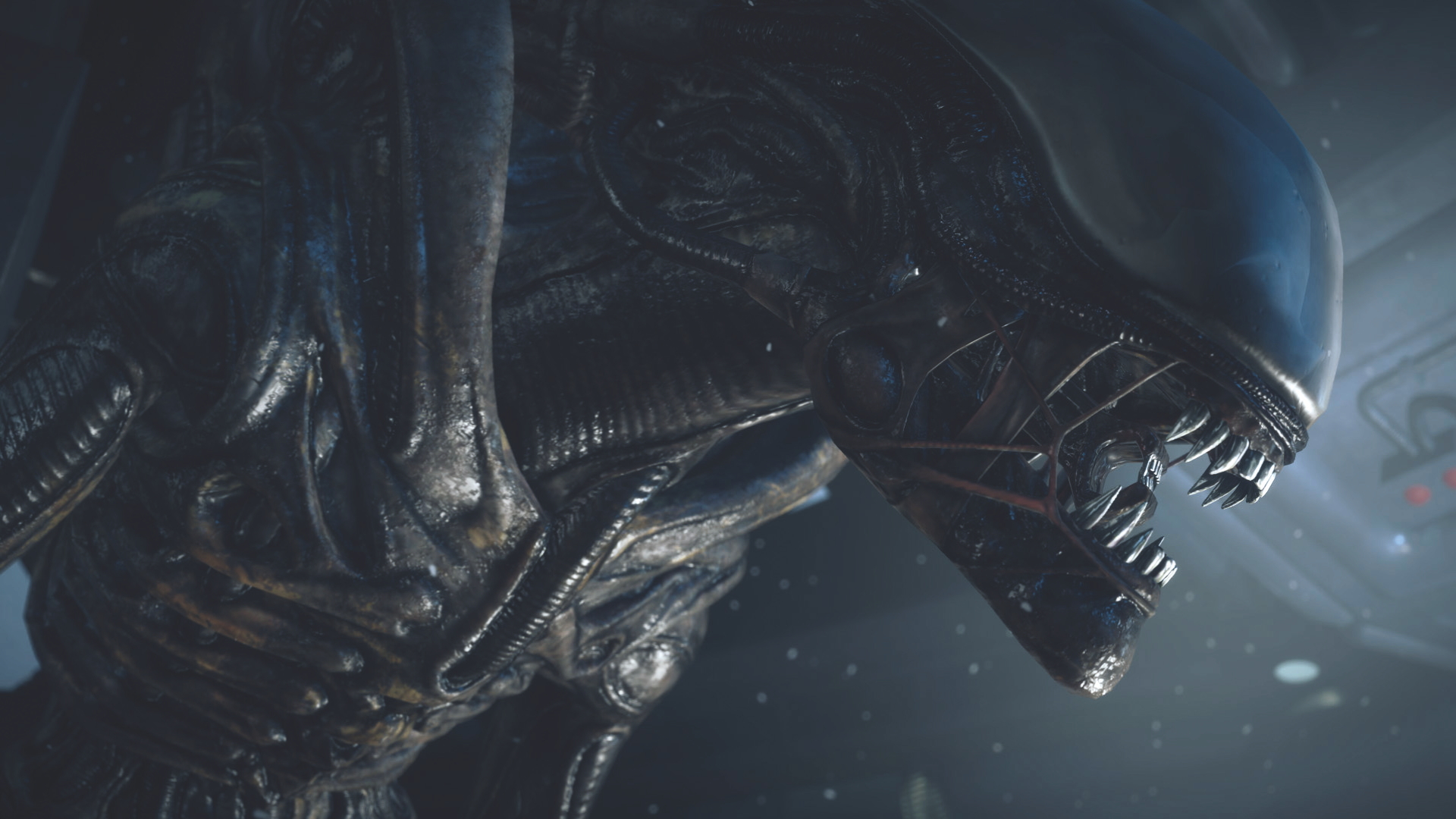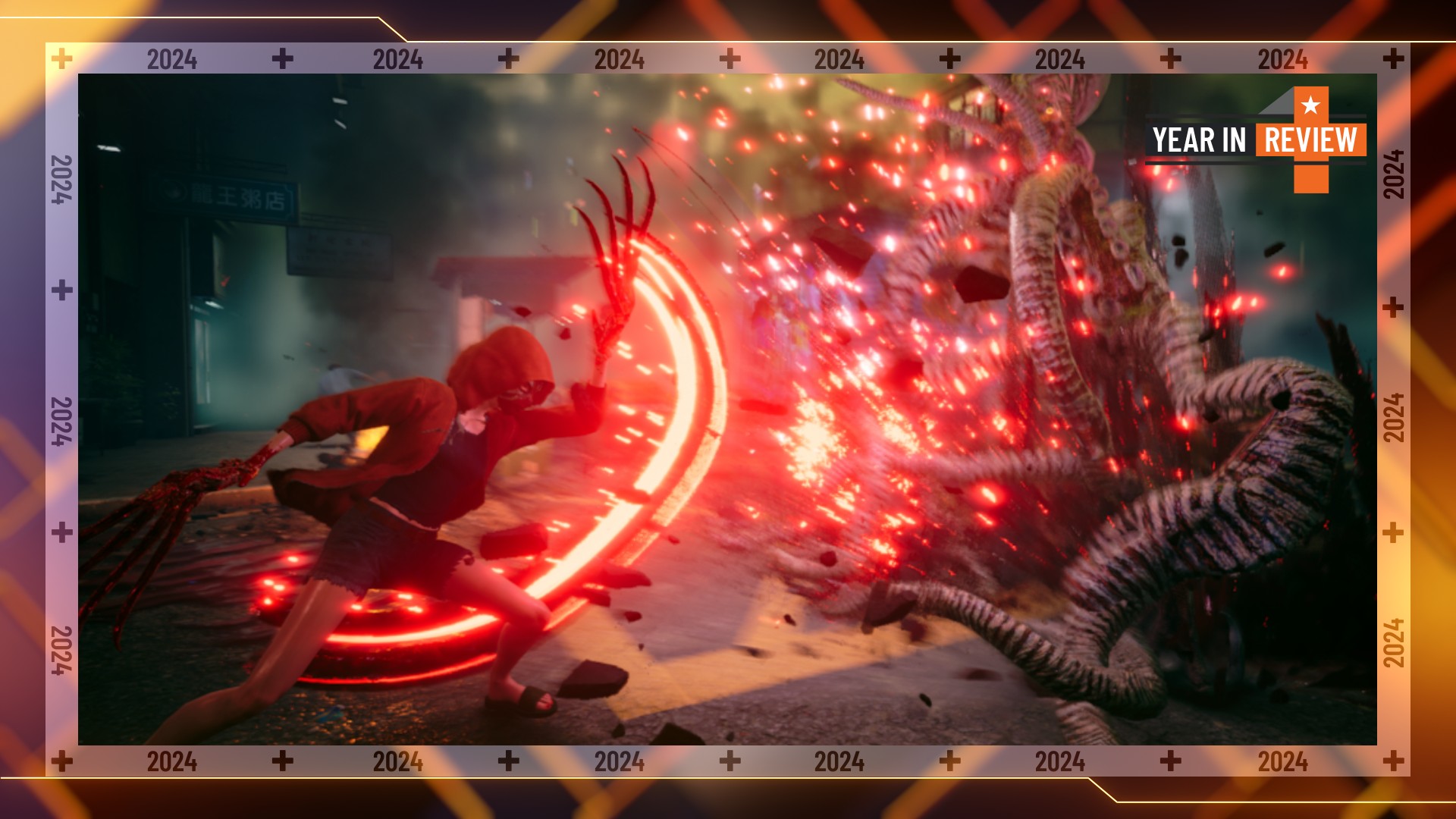
You win some, you lose some. As 2024 draws to a close, the age-old adage could not be more true in the realm of horror games. Past years have seen us ushering in the survival horror renaissance, with 2023's Resident Evil 4 and Alan Wake 2 being the triple-A evidence markers that stand out in particular. But this year, the bloodsoaked battlefield that is the horror genre is looking a little different, and it's down to the immense risks developers and publishers are willing to take.
Granted, some of these landed better than others. But following a year where major remakes were king, I've seen a lot more going on in the realm of new horror IPs, daring sequels, and retro indies that have me most excited for the upcoming horror games of 2025. It all comes down to the fact that risk is the secret sauce that keeps the genre in a constant state of growth. The need to "play it safe" can throttle horror, keeping it rooted in time instead of evolving with the people who play it. My top three horror games of the year – Slitterhead, Silent Hill 2, and Senua's Saga: Hellblade 2 – prove this point in very different ways.
Roads untaken
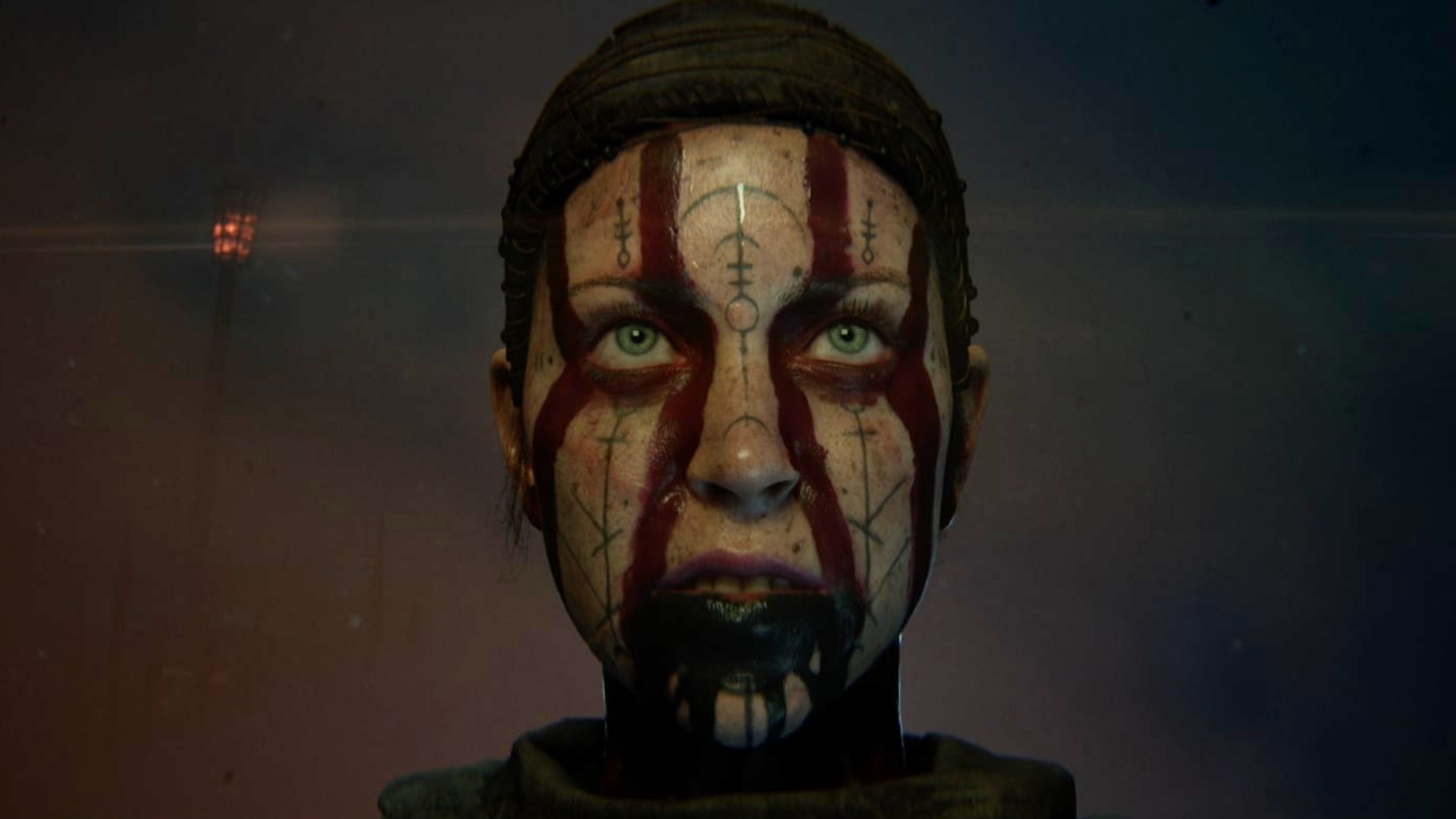
One sequel, one new property, and one remake of a survival horror classic. That's an easy summary of how each of the above games feed into 2024's diverse horror portfolio. It's not the novelty factor that stands out to me, though, but how the developers of each one sought to push the genre beyond its existing boundaries by taking necessary risks.
As said in my Hellblade 2 review, Ninja Theory's haunting cinematic sequel pushes the technological limits of what the Xbox Series X is capable of. It's both a video game and a narrative experience, putting greater emphasis on the latter at times to create what many might (incorrectly) dismiss as a horror walking simulator with combat encounters. This is not necessarily a huge risk, seeing as Hellblade: Senua's Sacrifice follows a similar puzzle-centric structure, but the fact that so many hold that design factor against it is a point of interest to me.
Hellblade never pretended to be God of War or Assassin's Creed Valhalla. It is neither a Viking action game nor a Norse god power fantasy, but a deeply harrowing character study of a mentally ill woman facing horrors inside and out. I was glad to see Ninja Theory doubles down on those themes further in Hellblade 2, proving something poignant: horror is not meant to be approachable and easy to digest. It doesn't always have to be a high-octane combat thriller like the best survival horror games. Horror can have powerful, human stories as a central driving force, and there are too few of such games out there right now. By refusing to conform to genre conventions, Hellblade 2 stands out as one of the most important horror games in recent years – and there's nothing "safe" about it.
Underdogs
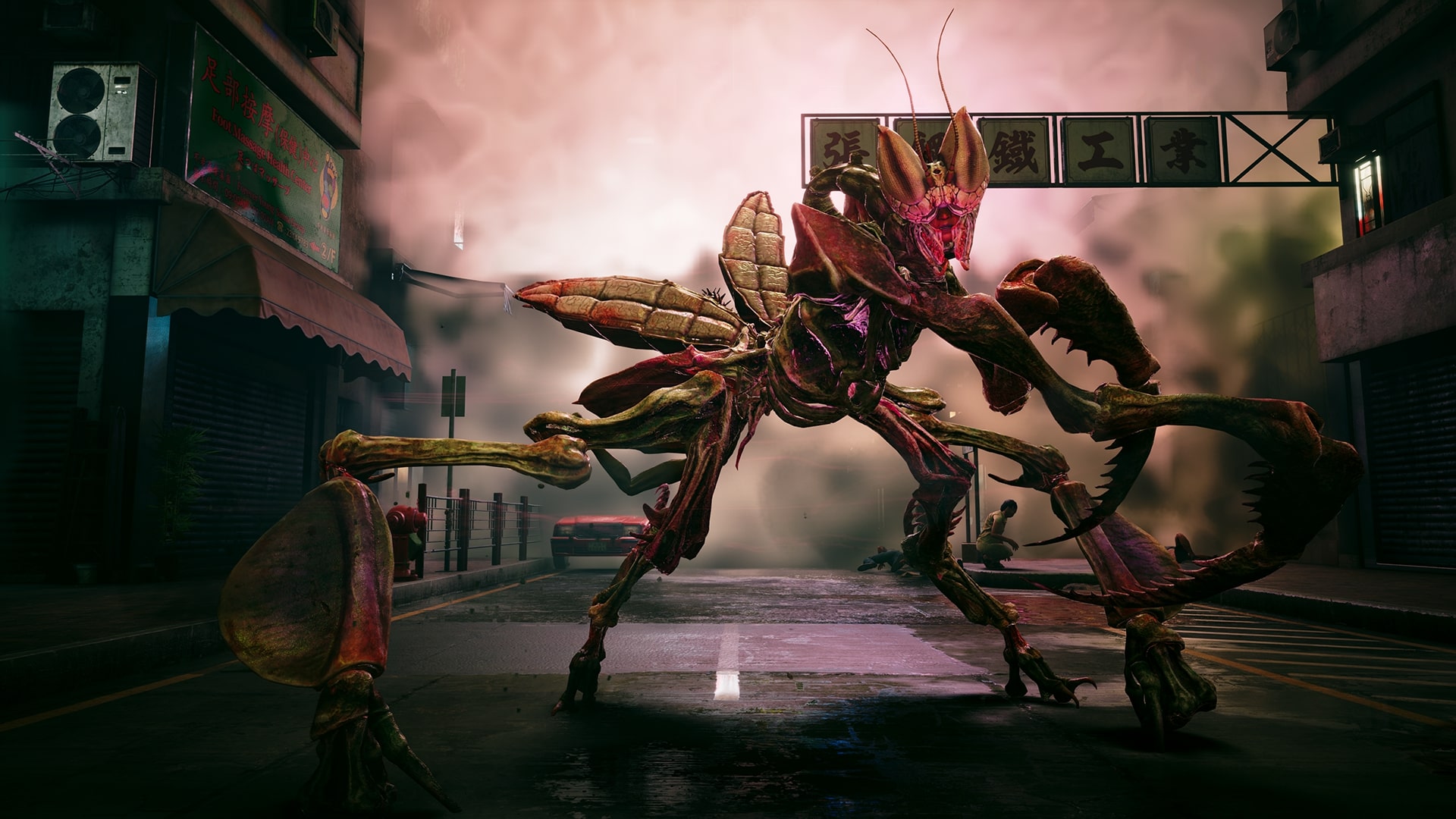
Bokeh's risks paid off to deliver a truly singular horror game.
That said, Hellblade 2 was a known quantity from a Microsoft-owned developer, and thereby affords itself a degree of preconceived quality. The same cannot be said of November release Slitterhead, a fresh horror IP from a brand new studio.
Composed of ex-Team Silent creatives Keiichiro Toyama and Akira Yamaoka, Bokeh Game Studios' maiden voyage already had me chomping at the bit when Slitterhead was first announced in 2021. I had no idea what to expect of this grisly body horror game then, and nothing could prepare me for just how unique an experience it turned out to be.
Slitterhead's abject refusal to follow horror norms of any kind is largely what sold me on it, its dynamic combat system bolstered by a '90s neo-noir sci-fi narrative that always zigged when I thought it would zag. Much like Hellblade 2, Slitterhead wasn't the sleeper hit I considered it to be. But all of Bokeh's risks paid off to deliver a truly singular horror game, one that I can see finally getting recognition years from now when a slew of YouTube videos entitled "BIGGEST MISSED HORROR GEM OF 2024?" inevitably pop up.
Present from the past
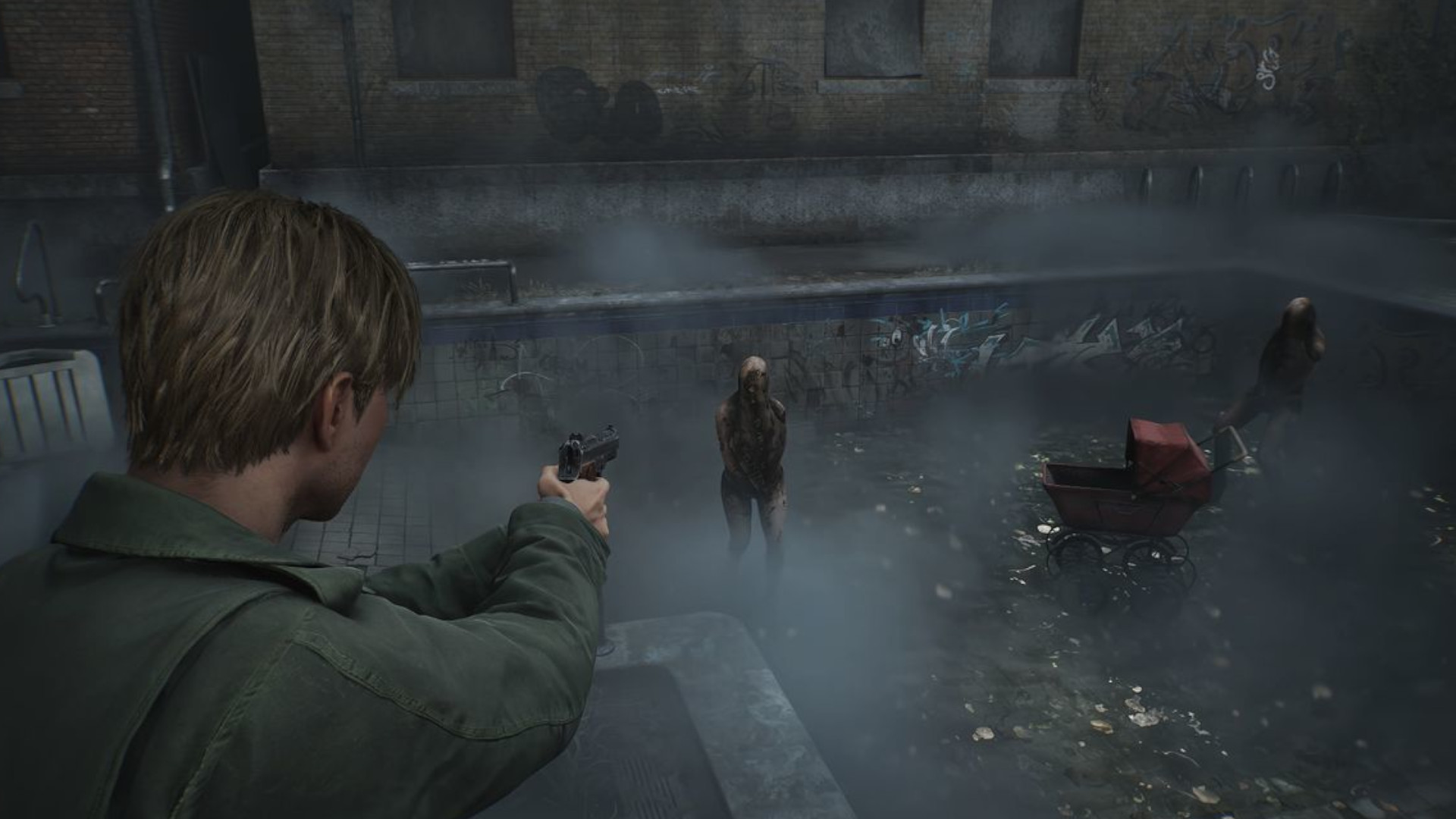
Risk is the secret sauce that keeps the horror genre in a constant state of growth.
On the other side of the risk-taking coin, we have Silent Hill 2. As a remake of a beloved classic horror game, the pre-release concerns were absolutely rife; from asinine griping over character remodelling to just how faithful Bloober Team would be to its source material, there was plenty more bad sentiment than good floating around it earlier this year. But Silent Hill 2 wowed critics and the public alike. Its biggest risk? Modernizing the gameplay in line with the third-person perspective popularized by the Resident Evil remakes.
In hindsight, making adjustments to conform with an industry standard is perhaps the least risky thing Bloober Team could do – what else is the purpose of a remake, after all? – but in reality, the decision carried a lot of weight. The fixed camera angles fed into the constant terror of the original, with something always lurking just beyond the player's field of vision. All other changes were made to accommodate this perspective shift, from more complex combat to reworked puzzles, expanded world exploration, and monster functionality itself. In a way, Konami took a risk not by innovating on the horror genre, but by rebuilding its most iconic game for an extremely critical audience and daring to stand by its decisions.
As 2025 looms in the shadows, promising a host of brand new nightmares like Directive 8020, I'm more optimistic than ever for this risk-taking trend to persist. Even games that fall flat of the mark feed into the evolution of the genre as a whole, stoking the decades-long cycle of invention and reinvention that keeps horror games – much like Frankenstein's monster – very much alive indeed.
From shooters to zombies, here are the best horror games to play next.
